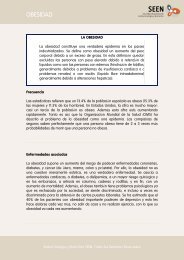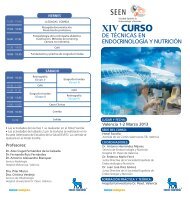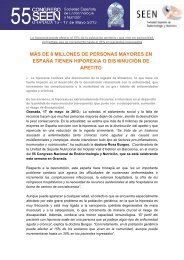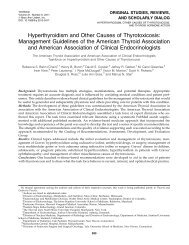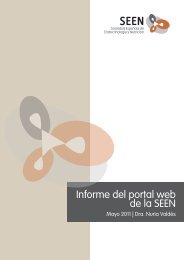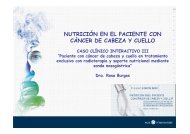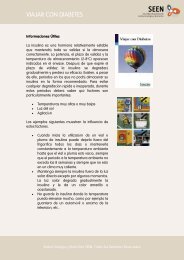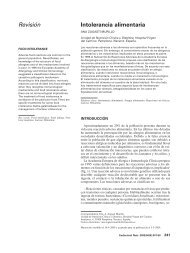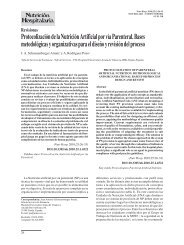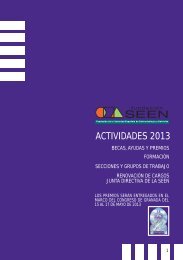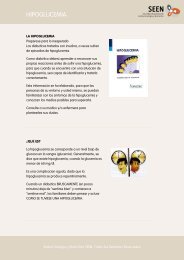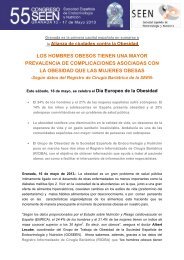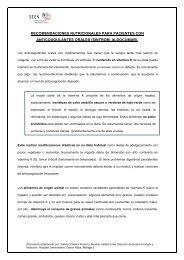Basic Concepts of Fluid and Electrolyte Therapy
Basic Concepts of Fluid and Electrolyte Therapy
Basic Concepts of Fluid and Electrolyte Therapy
You also want an ePaper? Increase the reach of your titles
YUMPU automatically turns print PDFs into web optimized ePapers that Google loves.
volume at all costs. It also explains why sick patients can be so easily<br />
overloaded with excessive salt <strong>and</strong> water administration during the<br />
flow phase. Since water as well as salt is retained, it is also easy to<br />
cause hyponatraemia by giving excess water or hypotonic fluid. It is<br />
important, therefore, to administer crystalloids, not only in the correct<br />
volume but also in the appropriate concentration. In the presence <strong>of</strong><br />
the response to injury, the kidneys are unable to correct for errors in<br />
prescribing.<br />
The convalescent phase <strong>of</strong> injury is not only characterised by the<br />
return <strong>of</strong> anabolism but also by a returning capacity to excrete any<br />
excess salt <strong>and</strong> water load that has been accumulated. These periods<br />
have been termed the ‘sodium retention phase’ <strong>and</strong> the ‘sodium diuresis<br />
phase’ <strong>of</strong> injury.<br />
Transcapillary escape rate <strong>of</strong> albumin<br />
The response to injury, stress <strong>and</strong> sepsis also results in an increase in<br />
the size <strong>of</strong> the pores in the capillary membrane <strong>and</strong> the transcapillary<br />
escape rate <strong>of</strong> albumin increases from about 5%/h in health to 13-<br />
15%/h. This phenomenon can last from several hours to days. Albumin<br />
leaks out from the intravascular compartment into the interstitial<br />
space <strong>and</strong> along with it, water <strong>and</strong> sodium are also drawn into the<br />
interstitial space. This results in a net contraction <strong>of</strong> the intravascular<br />
compartment <strong>and</strong> expansion <strong>of</strong> the interstitial space (Fig. 4). As the<br />
return <strong>of</strong> albumin to the circulation via the lymphatics is unchanged,<br />
the net result is an intravascular hypovolaemia with oedema.<br />
20




